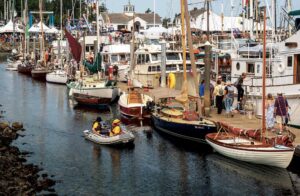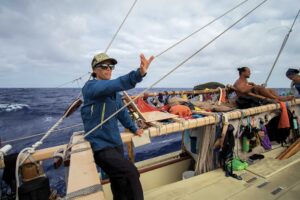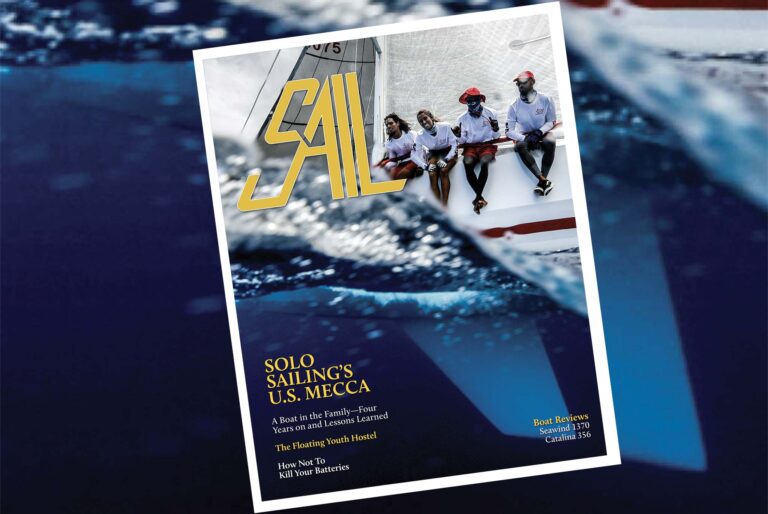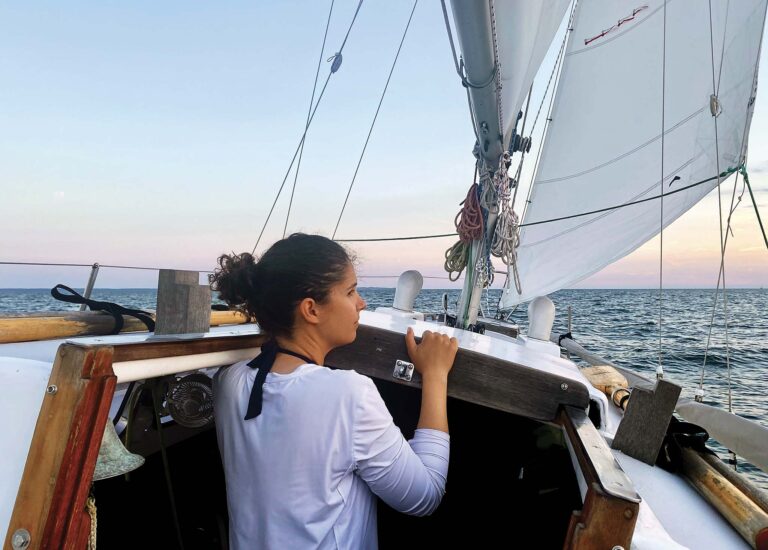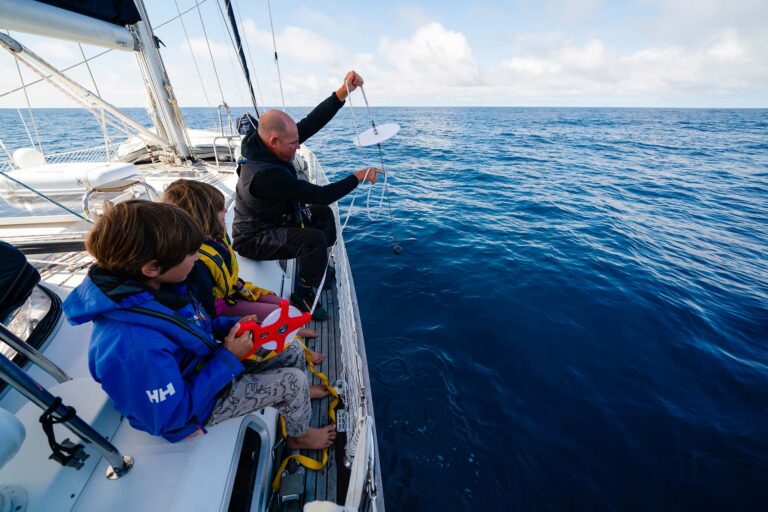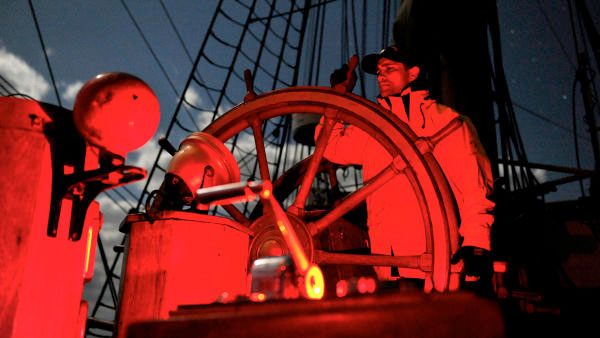Robert Reeder is a seamanship instructor for a series of online courses through Boaters University. His course, Fundamentals of Seamanship: Rules of the Road, is a great way to get a full understanding of how to interpret the USCG rules of the road and how to apply the rules in your daily navigation when on the water.
 USCG
USCGIn the wake of so many collisions between ships and boats of all sizes over the past couple of years, much focus has been given to the role of the lookout in these incidents.
Maintaining a proper lookout is a large responsibility even on a clear sunny day, but at night on the water, we have some additional challenges to consider:
We must be able to classify other vessels and estimate their heading solely from their running lights; we must be able to identify aids to navigation by their light-characteristics alone; we must be able to avoid unlit debris in the water; and, we must be able to navigate in proximity of land that we may not be able to see.
 By Mass Communication Specialist 1st Class Peter Burghart [Public domain], via Wikimedia Commons
By Mass Communication Specialist 1st Class Peter Burghart [Public domain], via Wikimedia CommonsThere are also some advantages to driving in the dark; for example, on a clear night we can see vessels and lighted aids to navigation from a much greater distance than is possible in daylight. Also, in heavily traveled areas, there tends to be less boat traffic at night, and the remaining traffic tends to be larger commercial vessels, which are usually fairly predictable in their movements.

A few tips for nighttime lookouts:
 By Mpetrova59 (Own work) [CC BY-SA 4.0, via Wikimedia Commons
By Mpetrova59 (Own work) [CC BY-SA 4.0, via Wikimedia Commons- Allow ample time for our eyes to night-adjust before taking the watch. 10-15 minutes of darkness is adequate for most situations, but on truly dark nights we may need 30 minutes before we are sufficiently night-adapted.
- Once our eyes are night-adapted, keep them that way. Darken our console lights to the best of our ability, and do not look directly at lights on other vessels, on shore, aircraft, or even the full moon if we can avoid it. When we are well night-adapted our pupils are much more dilated than normal, so any bright light can ruin our night vision for another 10-30 minutes.
- Keep our eyes moving. You can do this by scanning step-by-step and pausing briefly in adjacent visual sectors rather than staring at one spot or making long visual sweeps.
- When scanning the horizon, focus about a finger-width below it so as to not lose contacts in our optical blind spot.
- Use binoculars to magnify newly detected objects, and occasionally for long-distance scanning, but mostly rely on our naked eyes. Over many years of trial-and-error, we have learned that for nighttime lookouts, 7×50 binoculars provide the best balance of magnification, light collection, and field-of-view.
- If we decide to use “starlight” night-vision binoculars or infrared binoculars, have one lookout committed solely to this task and another using only their naked eyes and optical binoculars, as the screen illumination of the former will render our natural night-vision useless. Also, with passive IR-only binoculars remember that what we are seeing is differences in temperature, so things like wet floating logs will be very difficult to discern from even light chop on the water.
- As in daylight, correlate any visual contacts with our radar and AIS, whenever possible.
- If we are operating in an urban area with lots of lights on shore, remember that a vessel’s lights may be hiding among them. Sometimes even very large ships are best seen as a silhouette against the city skyline.
Good watch!
April 2018


